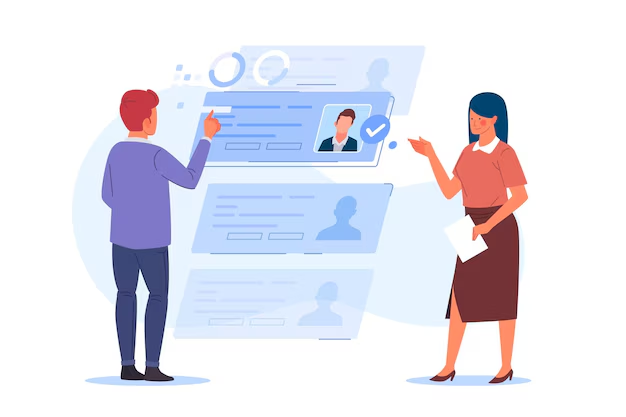In today’s dynamic business landscape, building a resilient workforce is no longer a choice but a necessity. As organizations navigate rapid technological advancements, economic uncertainties, and shifting workforce expectations, HR transformation emerges as the cornerstone of adaptability and success. Here, we explore strategies that HR leaders can employ to build a resilient workforce capable of thriving in an ever-changing environment.
Understanding Workforce Resilience

Workforce resilience refers to the ability of employees and organizations to adapt, recover, and grow in the face of challenges. A resilient workforce is not only equipped to handle disruptions but also leverages them as opportunities for growth and innovation.
Key attributes of a resilient workforce include:
- Adaptability: Willingness to embrace change.
- Emotional Agility: Ability to manage stress and maintain focus.
- Collaboration: Strong interpersonal skills for team problem-solving.
- Continuous Learning: Commitment to upskilling and reskilling.
Strategies for Building a Resilient Workforce
1. Foster a Culture of Continuous Learning

Investing in employee development is fundamental to resilience Offer:
- Upskilling and Reskilling Programs: Provide training on emerging technologies and industry trends.
- Mentorship Opportunities: Facilitate knowledge sharing between experienced and junior employees.
- Learning Platforms: Use digital tools for on-demand learning.
2. Prioritize Employee Well-Being

A resilient workforce thrives on physical, mental, and emotional well-being. HR should:
- Implement Employee Assistance Programs (EAPs) for mental health support.
- Promote work-life balance through flexible working hours and remote options.
- Organize wellness programs, including fitness sessions and mindfulness workshops.
3. Leverage Technology for HR Transformation

Digital transformation in HR processes enhances resilience by enabling agility and efficiency. Key technologies include:
- AI and Machine Learning: For talent acquisition, predictive analytics, and personalized learning pathways.
- HR Automation Tools: Streamline administrative tasks to focus on strategic initiatives.
- Collaboration Platforms: Enhance remote and hybrid work environments.
4. Strengthen Leadership and Communication

Resilient organizations rely on strong leadership. HR can:
- Train Leaders: Equip managers with skills to lead during uncertainty.
- Encourage Transparent Communication: Build trust through regular and honest updates.
- Develop Crisis Management Plans: Prepare leaders for quick, effective decision-making during disruptions.
5. Build an Inclusive and Diverse Workforce

Diversity strengthens resilience by bringing varied perspectives to problem-solving. HR should: Commit to diverse hiring practices. Promote equity and inclusion in workplace policies. Celebrate diverse cultural and professional backgrounds.
6. Promote Agility and Flexibility

Empower employees to respond to changes effectively by:
- Encouraging cross-functional roles.
- Supporting remote and hybrid work models.
- Providing resources for quick adaptation to new processes.
The Role of HR in Driving Transformation

HR leaders play a pivotal role in fostering resilience by aligning workforce strategies with organizational goals. This involves:
- Regularly assessing workforce capabilities.
- Partnering with business leaders to identify potential disruptions.
- Leading change management initiatives effectively.
Conclusion:
Building a resilient workforce is not a one-time initiative but an ongoing commitment. By fostering a culture of continuous learning, prioritizing well-being, leveraging technology, and promoting agility, HR leaders can transform challenges into opportunities for growth. Organizations that invest in resilience today will be better equipped to navigate tomorrow’s uncertainties with confidence.
Looking Ahead: Innovative Strategies for HR Transformation
To take workforce resilience to the next level, consider these innovative approaches:
- Reverse Mentorship Programs: Foster collaboration and knowledge-sharing across generations by having younger employees mentor senior leaders on emerging trends.
- Gamification in Resilience Training: Use game-based learning to make adaptability and problem-solving fun, preparing employees for real-world challenges.
- Microlearning for Real-Time Skills: Leverage on-demand training to help employees adapt quickly to new technologies and processes.
- Cross-Cultural Resilience Building: Encourage diverse teams to collaborate, drawing on unique cultural perspectives to solve complex problems.
By integrating these forward-thinking strategies, organizations can not only strengthen their workforce but also ensure long-term success in an ever-changing business landscape.

